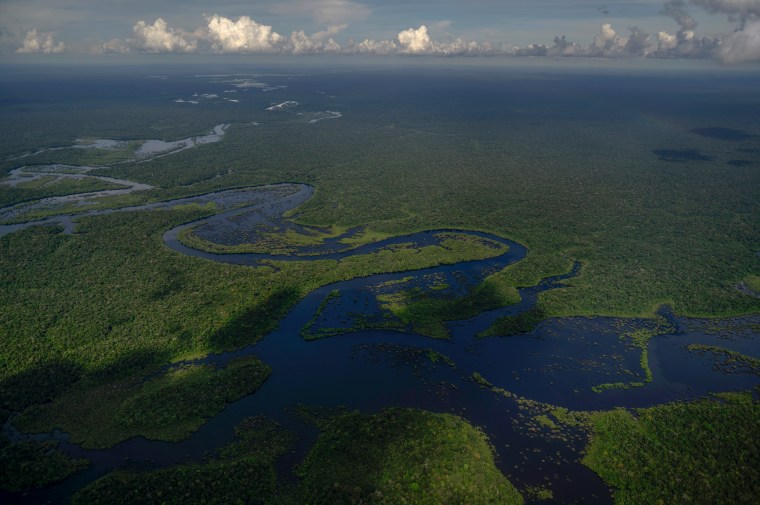- Plan to update your risk assessment on a daily basis to adapt to any changes. Doing it once ahead of time and never revising is dangerous.
- Health check: Be aware of yellow fever and malaria in particular. Take a medical kit and make sure you know how to use it.
- Think about your means of travel. A decent 4×4 vehicle or a boat hire are the only realistic means of travel through much of the region. Flooding in the rainy season can be disruptive, so plan accordingly. When traveling on a boat, make sure someone is looking out from the front and back of the vessel.
- Anticipate communications challenges. Cell coverage is non-existent in many rural areas. Have a communication plan: Who knows where you’re going and how will you communicate with them?
- Don’t assume you will have regular electricity or internet access. Charge your devices whenever you get access to electricity. Download or print maps or any materials you need before travel.
- Research the local dynamics of different stakeholders, communities, and criminal gangs. Avoid working in hostile areas at night, when the risk level increases. Territorial control and dynamics on the ground, especially criminal/armed groups in the region, can shift very quickly. A location or source that might have been completely safe last week might no longer be safe this week.
- Ask if the facilitators or individuals you are working with are under threat of attack. Local journalists, activists, and community leaders are frequent victims of violence. Spending time with them may inadvertently put you and/or them at increased risk of attack. Carefully consider previous or current threats against people you will meet or that will accompany you during the reporting trip in your risk assessment and adapt plans accordingly to minimize risks for everyone.
- Journalists should think about which trustworthy authorities or individuals they can contact in case of an incident. There have been instances when local authorities and law enforcement have been complicit in corruption and environmental crime. Journalists need intelligence about trustworthy authorities that, in case of emergency, could be contacted and would take action. Plans should be consistently updated.
- Always ask for consent before filming/photographing an individual. Be respectful of the individuals and their beliefs/concerns at all times. Think about the impact your story might have on the safety of local people and sources after you publish/broadcast. Be sure that people are being quoted or identified as they want to be, and respect that they may want to remain anonymous if identifying them might put them at risk. Also consider that you may need to return to this location. Will your coverage affect your safety longer term?
- Wear appropriate and respectful clothing without media company branding. Remove media logos from equipment/vehicles if necessary.
- Mind your devices. Regularly backup devices where and when possible. Regularly review your devices and delete content that could put you or others at risk. If any device is confiscated or anything is inserted into it, assume it is compromised and that any information on it has been copied.
- When you have the content you need, get out and don’t linger longer than necessary. It is helpful to have an agreed upon cut off time and to depart at that time. If a team member is uncomfortable, do not waste time, just leave.
